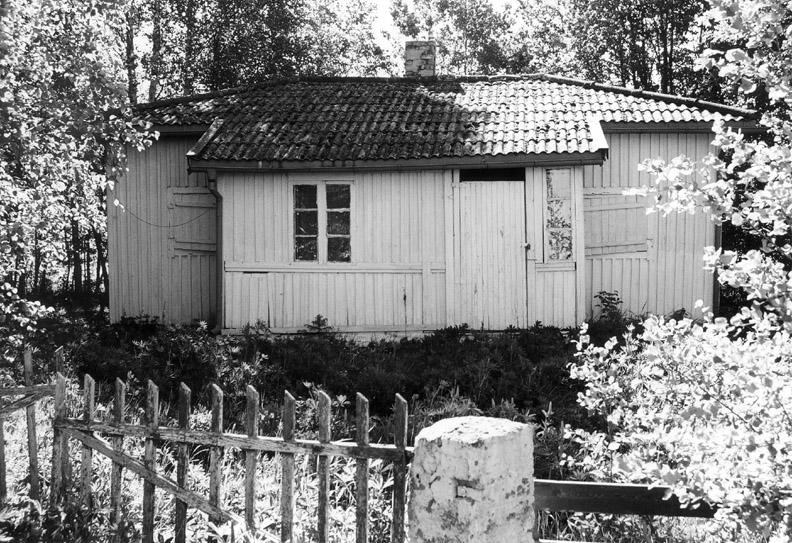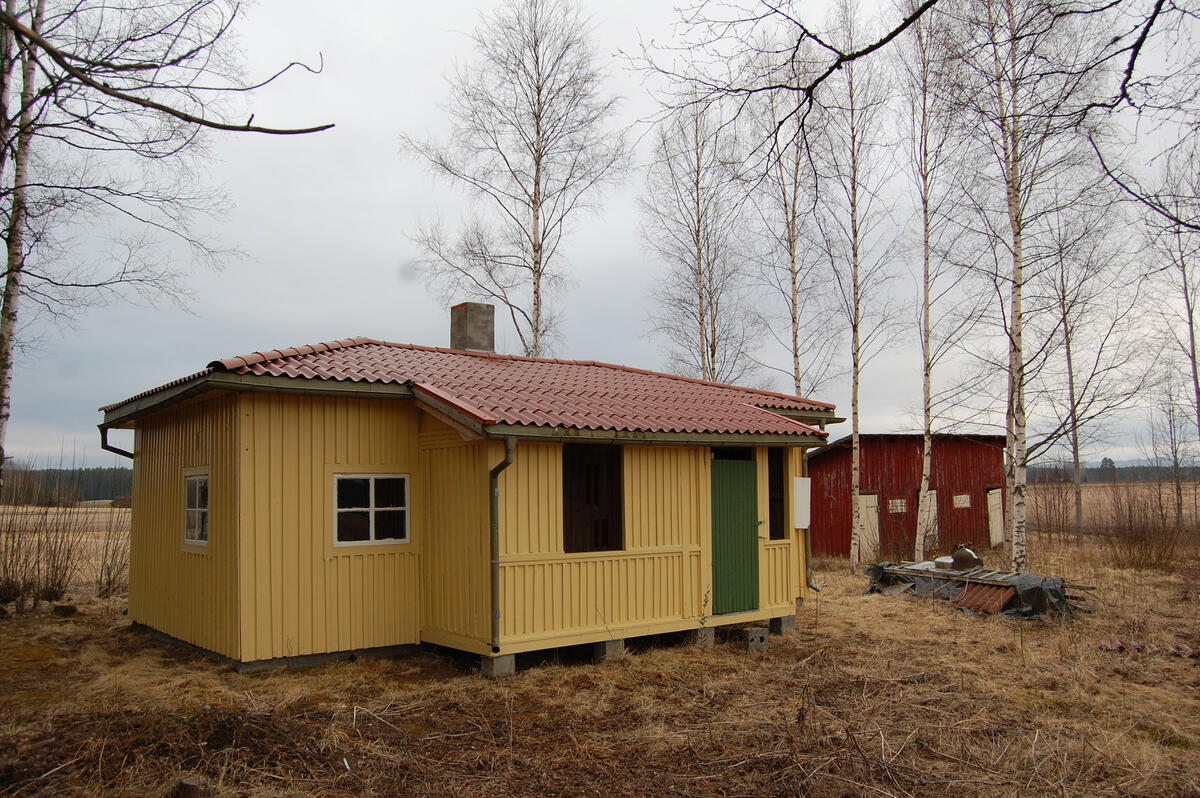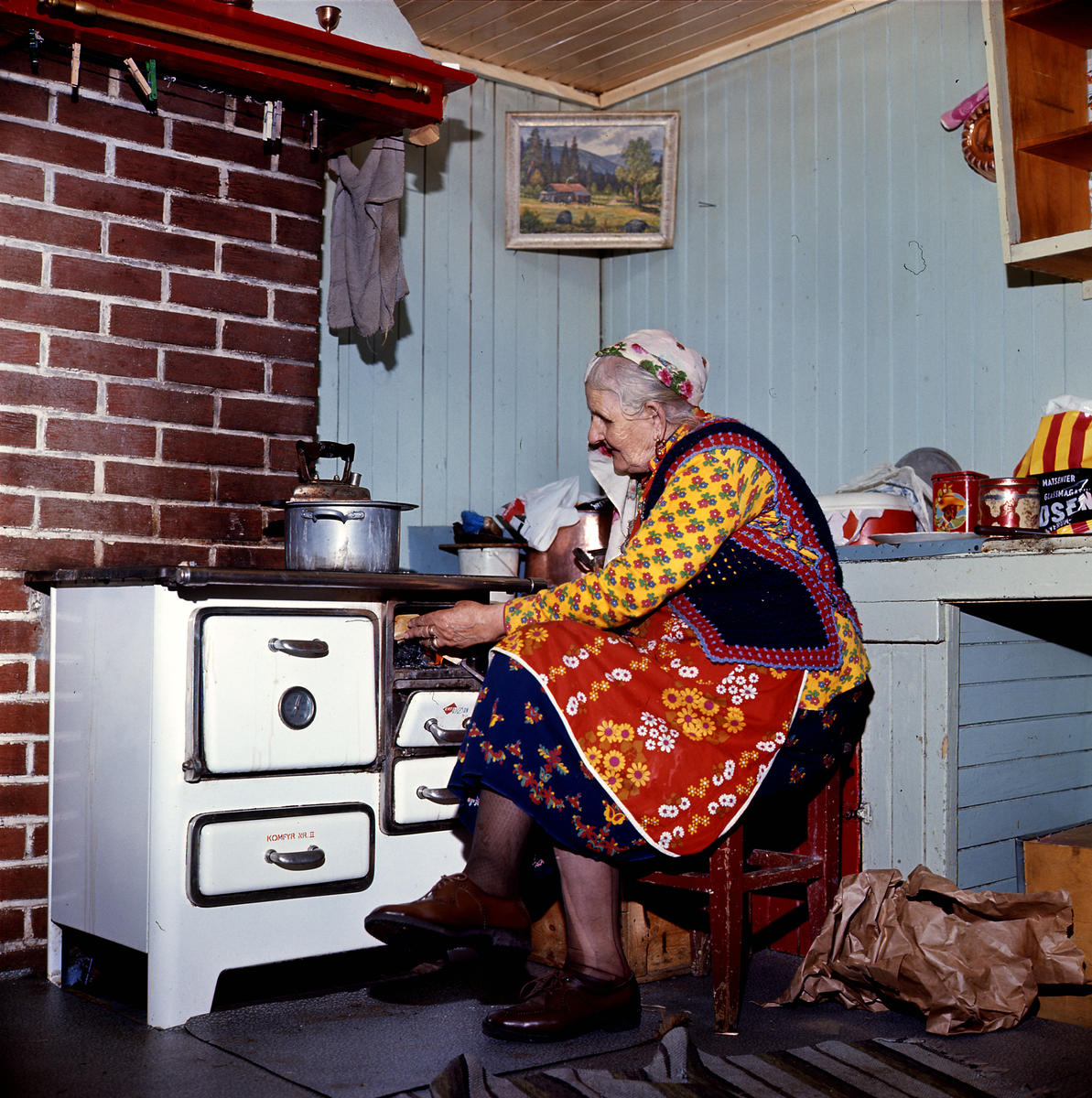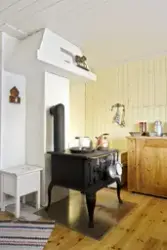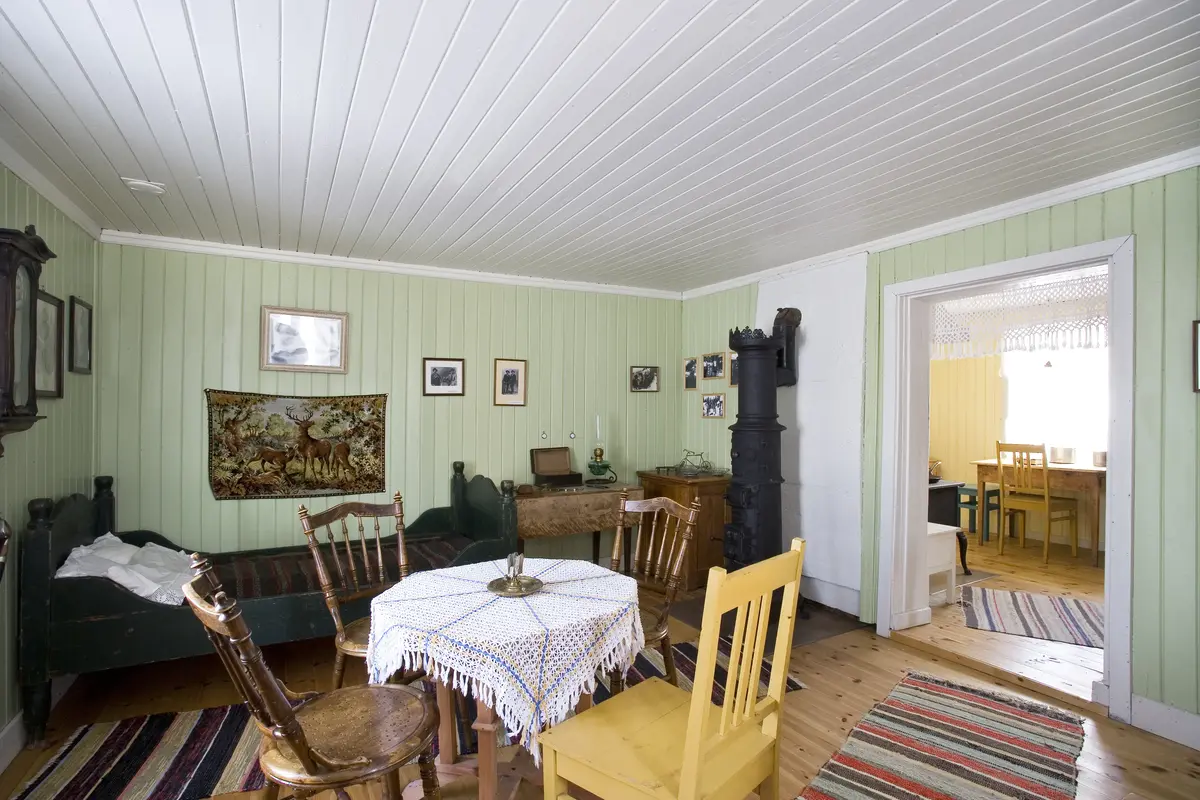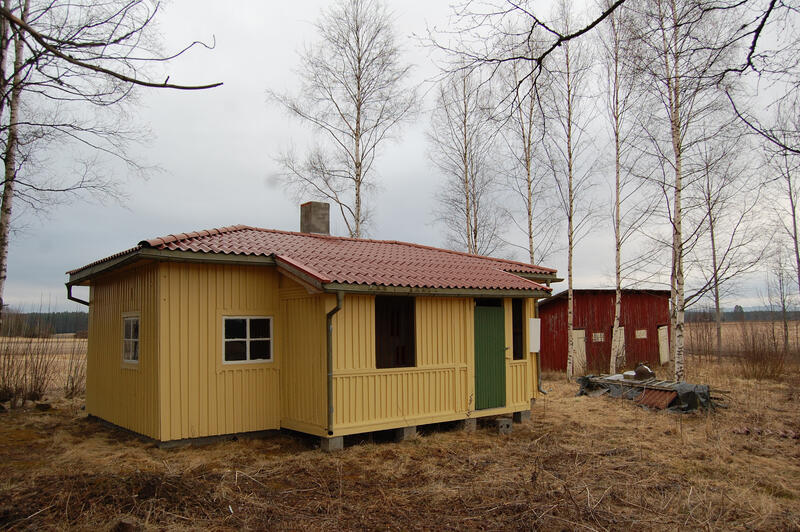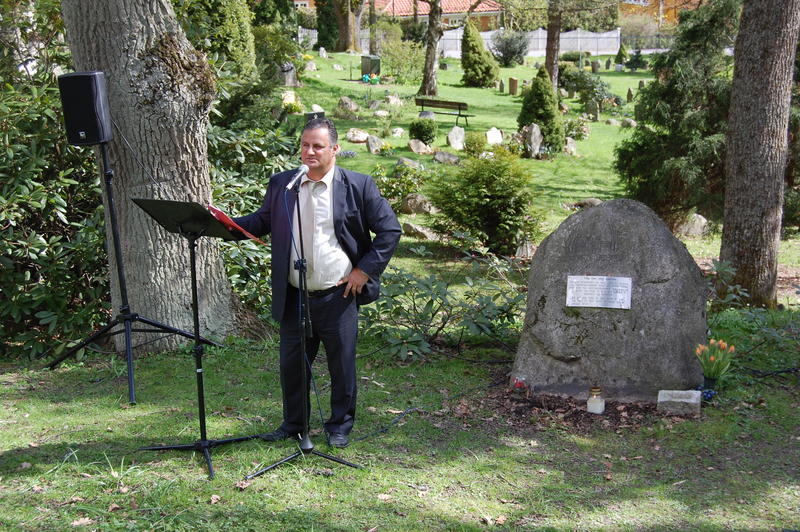Spjellstuggu
"Spjellstuggu" is a protected house and is owned by Røros Museum. According to the 1865 census, craftsman and gelder Karl Fredriksen Moen lived here with his wife, Johanna Christensdatter Riisberg, and their children: Carl, Fredrik, Christian and Johannes (Barthelemy 2007). They moved to Spjellstuggu in the 1850s. Carl was of Tater heritage and was the son of gelder Fredrik Carlsen.
- 1/1
Spjellstuggu in Sleggveien at Røros. Foto: Rørosmuseets arkiv
Milla's house
The house of “Tater-Milla” in Våler in the district of Solør is one of the few Tater/Romani houses that are preserved. Milla's full name was Jenny Emilie Pettersen. She lived from 1886 to 1976 and was the daughter of the "Tater/Romani king", Big-Johan. In her later years, she became a unifying figure among her people. She often appeared in the media and became known to the public when, in 1974, Dagfinn Grønoset wrote her biography, titled Tater-Milla, Stor Johans datter (“Tater-Milla, Big-Johan's daughter.”). Milla lived in the house for the last thirty years of her life.
Milla and her husband Wilhelm bought the house around 1943, preparing for old age. Wilhelm died only a month after they moved in. Although Milla became a resident, she drove her horse and buggy through the villages to trade during the snow-free part of the year until 1951. When the authorities imposed a ban on the Tater/Romani people’s use of horses for trading, this activity ended. Milla was eventually joined by several grandchildren who lived in the house for various periods of time. The house became a gathering place for people of Tater heritage in the Solør area. Both Milla and her husband Wilhelm, as well as her father "Big-Johan", are buried at the Våler cemetery.
- 1/3
The house of Jenny Emilie Pettersen («Milla») in Våler, Solør 13th of june 2001, before restoration. Foto: Kari Nilssen - 2/3
House of Jenny Emilie Pettersen, finally restored in 2017. Foto: Anno Glomdalsmuseet - 3/3
Jenny Emilie Pettersen. Våler, Solør 1974. Foto: Dagfinn Grønoset / Anno Glomdalsmuseet
The history of the house and its condition today
The house was built around 1940 and is referred to as the Mobakk cottage in Grønoset's book about Milla (Grønoset 1974). At some time after Millia's death, her descendants sold it. It was used as a holiday home for a while and was partially restored after a fire.
The house was dilapidated when it was purchased by the Directorate for Cultural Heritage in 2005. The house is currently owned by Våler municipality. Hedmark county authority and Våler municipality started the restoration work shortly after the house was purchased in 2005, in cooperation with Taternes Landsforening and the Anno Glomdal Museum.
In the spring of 2017, Taternes Landsforening and Glomdal museum organised a final party of volunteers to work on the house, along with one of Milla's eldest grandsons and a great-grandchild. The house was almost fully restored when, in the summer of 2017, Våler municipality chose to transfer the management of the house to an association which includes some of Milla's younger descendants. Since friends of “Tater-Milla” took over the operation, they have held several concerts and events at the house. How the municipality wants to manage and run the house as a cultural heritage site in an appropriate manner in the future remains to be seen.
Furua (the pine)
In May 2000, the house named “Furua” was opened to the public as part of Ullensaker Museum's collections at Sør-Gardermoen. The famous evangelist and Tater, Ludvig Karlsen, was born at the Furua property. The house was a gathering place for Travellers and was in the Karlsen family's possession from the 1920s until Gardermoen was developed as the main airport for eastern Norway. Although the house is no more than 32 square metres, up to 18 people would live there. The building has now been moved and restored to its original condition as it was in the 1950s.
- 1/2
"Furua". Foto: Øyvind Möller Bakken / Museene i Akershus - 2/2
Kitchen, "Furua". Foto: Øyvind Möller Bakken/ Museene i Akershus
- 1/1
The living room, "Furua". Foto: Øyvind Möller Bakken/ Museene i Akershus

